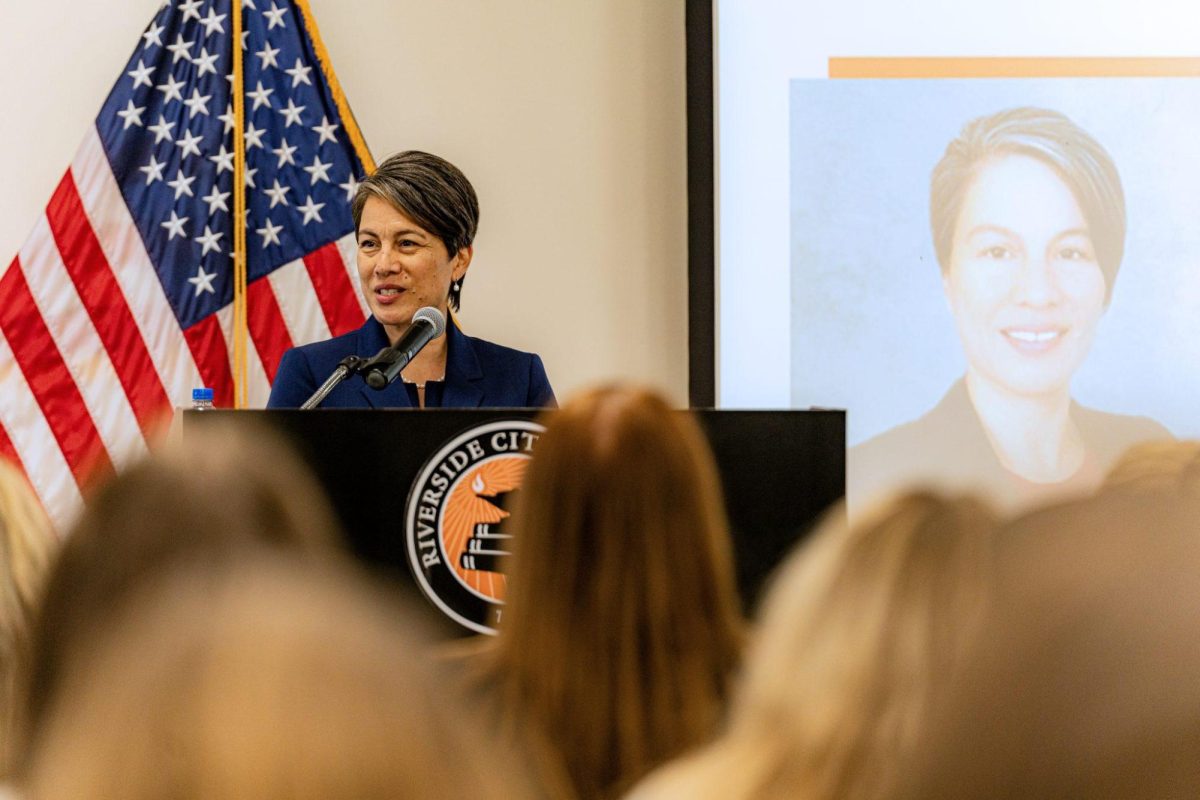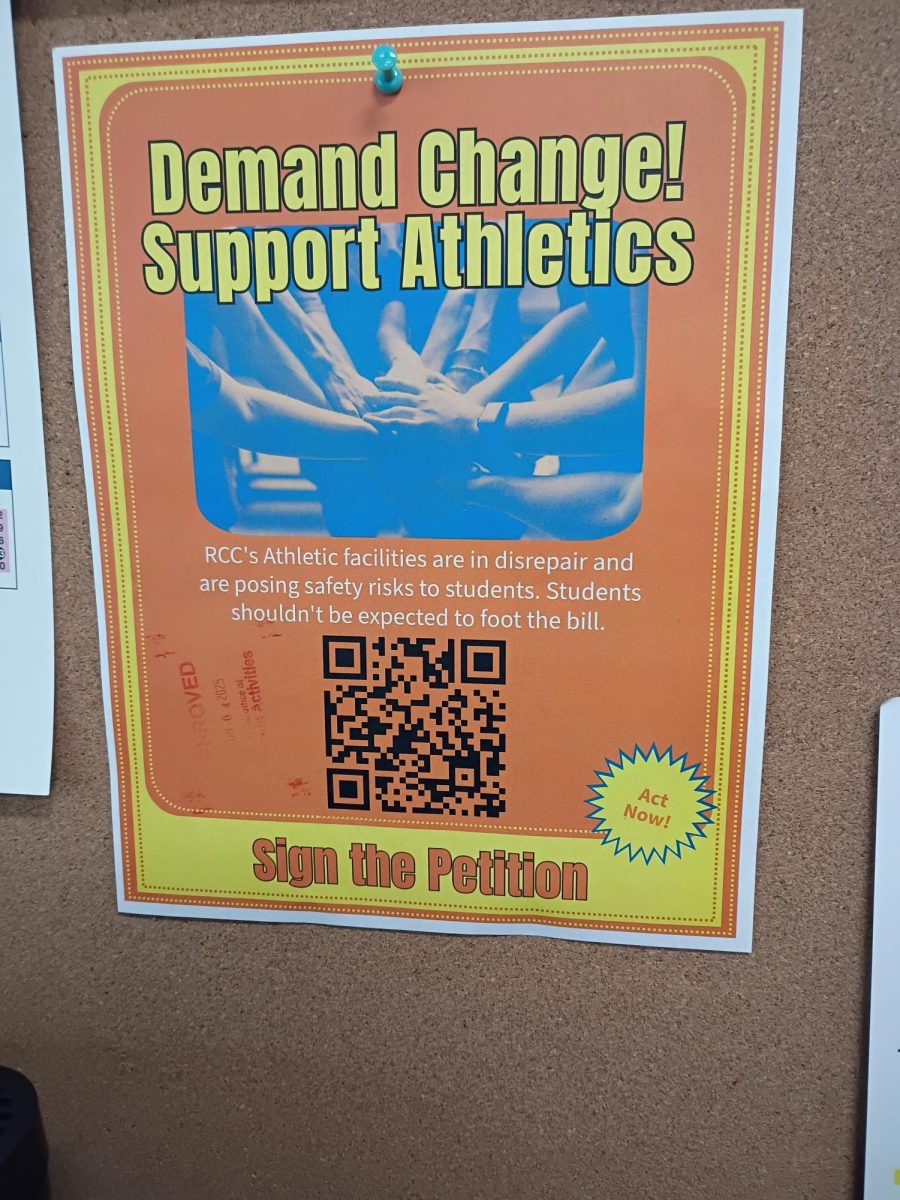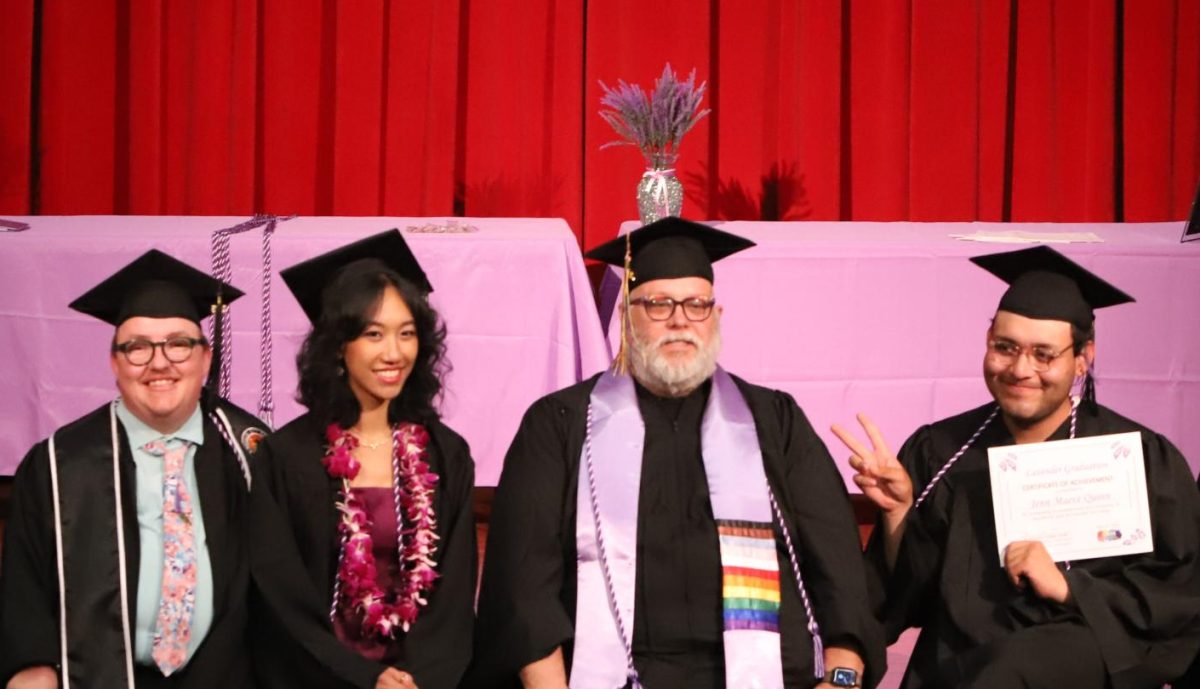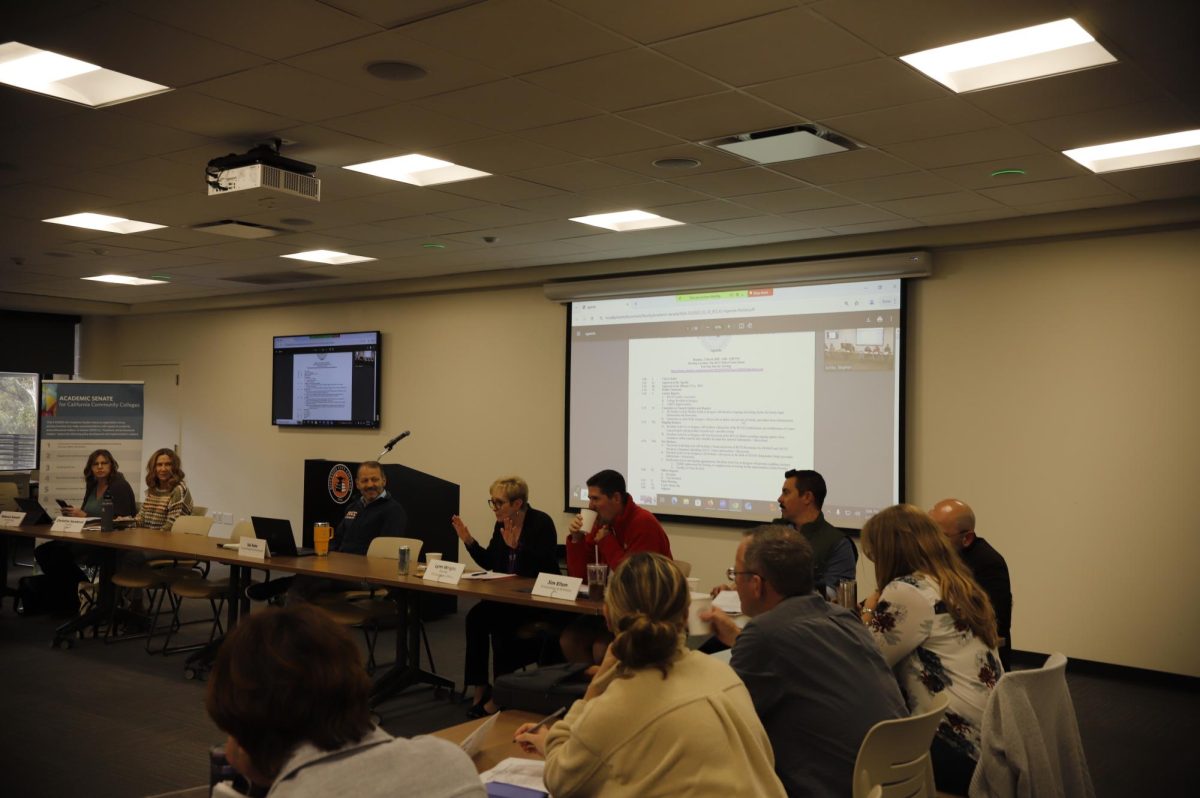By Jeremy Fuerte / Interim News Editor
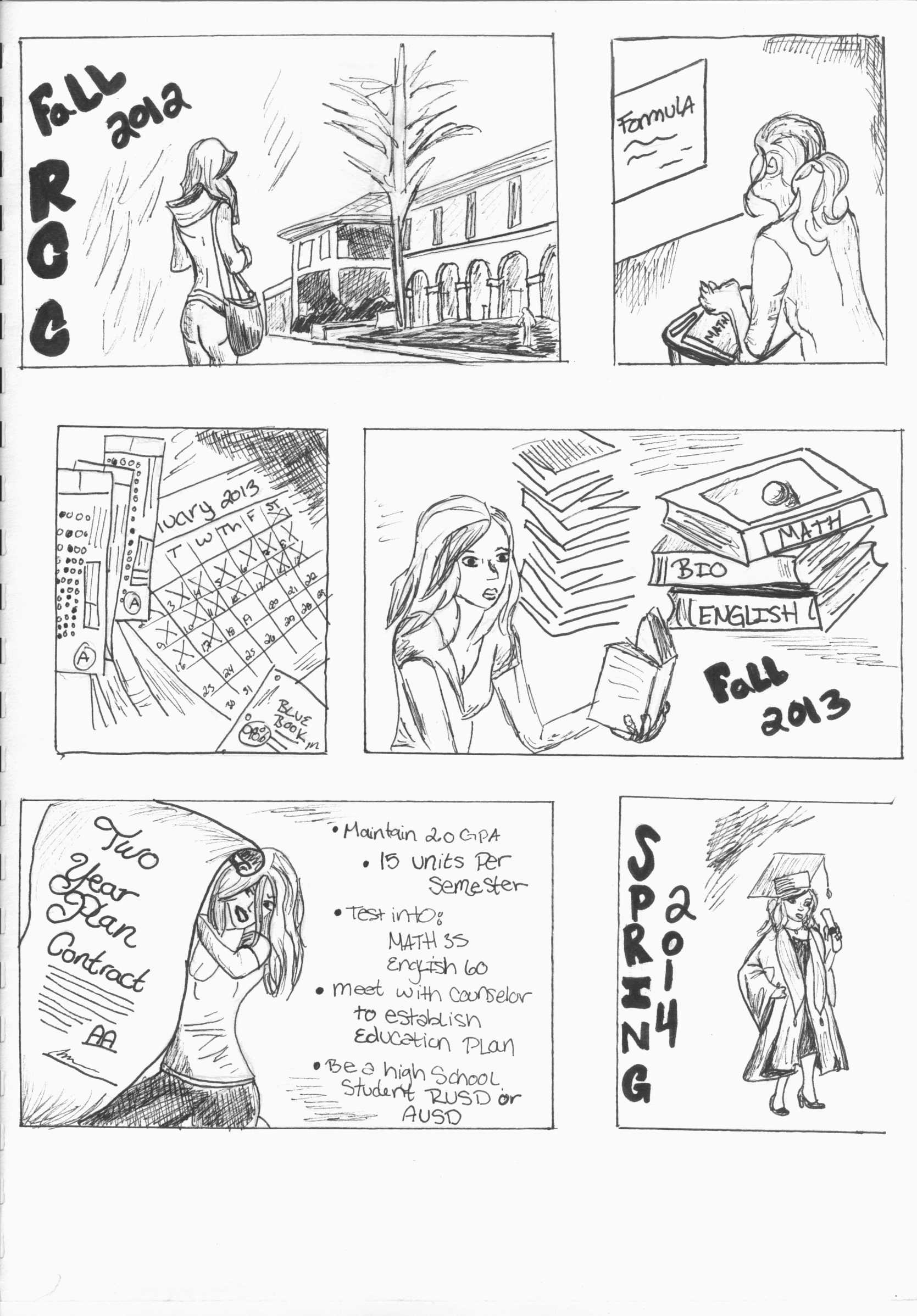
Road to Success (Jackie Trejo / Staff Illustrator)
By Jeremy Fuerte / Interim News Editor
For the first time in the city’s history, instructors from Riverside Unified School District, Alvord Unified School District, Riverside City College and the UC Riverside will work together to improve the curriculum and make students better prepared for college coursework.
Riverside was one of four cities chosen by the Bill and Melinda Gates Foundation and the National League of Cities to split a $12 million grant for an innovative proposal to boost college graduation rates.
“The $3 million over three years will go a long way towards updating the curriculum and training teachers in order to better prepare students for college level coursework,” said Lizette Navarette, youth and education coordinator for the office of the mayor.
The program titled the Completion Counts Initiative is aimed toward increasing the high school graduation rate from 79 to 90 percent, increase college enrollment from 42 to 62 percent, increase the graduation rate at a two year institution from 14 to 42 percent and increase the graduation rate at four year universities from 66 to 72 percent by 2020.
“These goals may seem high, but at the end of the day we wanted to pick goals that research showed would be a challenge to attain yet be attainable all the same,” said Angel Rodriguez, strategic communication specialists for the office of the mayor.
As part of Completion Counts Initiative, RCC has created the two-year completion guarantee for all students graduating from RUSD and AUSD in the graduating class of 2012 or later. In order to be eligible for the program, students must test into Math 35 and English 50, meet with a counselor to establish an education plan, complete the free application for student financial aid, be enrolled in at least 15 units and maintain a 2.0 grade point average.
“We chose those benchmarks because research has shown that students who enter into college with those skills have a much higher completion rate than those who don’t,” Navarette said.
Students who meet all of the requirements and are enrolled in the program are granted priority registration and a seat in the class.
In all, 358 students are enrolled in the program for the fall 2012 semester. In order to help RCC cope with the added demand of the students enrolled in the program, the city is using part of the grant to help fund additional classes.
“$142,000 is being used to fund math, English, and reading classes in order to ensure there are enough classes for those enrolled in the program and to ensure that additional students who aren’t will still have options,” Rodriguez said.
Many current students still have objections with the program at RCC.
“I’m just a bit shocked at the moment,” said Kemari King, a current student at RCC. “They only have to maintain a 2.0 GPA in order to sit in the valuable seats of students who have maintained GPAs well over that and yet every semester have to basically beg teachers to let them in.”
In addition to the requirements, students are also questioning why only RUSD and AUSD students are allowed to be enrolled in the program.
“I think it shouldn’t be limited to Riverside High Schools but should be open to all schools within Riverside County,” said Nathan Kane, a current student at RCC. “Making this opportunity specific to Riverside school districts seems unfair. High school students from across the county deserve a fair chance at this perk too.”
Despite this desire, Riverside is bound within the limits of its own city and the limits set within the grant.
“The grant was only established for the program to include the city of Riverside,” Rodriguez said. “We are bound within the city limits and at the end of the day we are unable to encroach upon city lines and establish protocols within those cities schools.”
The mayor’s office hopes that this program becomes a beacon for the education reform in ailing cities across the state and country.
“Poor graduation rates aren’t a problem unique to Riverside but is one that can be seen across the country,” Rodriguez said. “This program was designed really to address a national problem at the city level. Our hope moving forward is that this program is a success and we can build upon its success in the future.”

